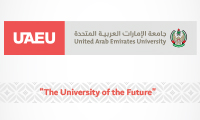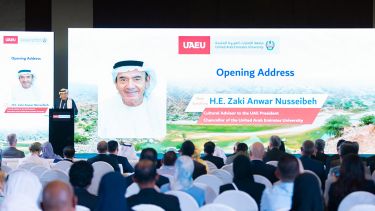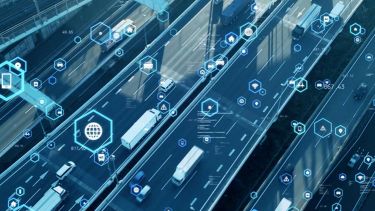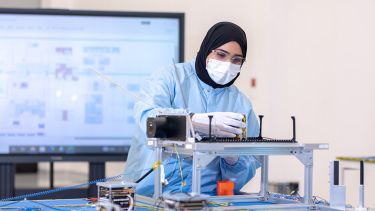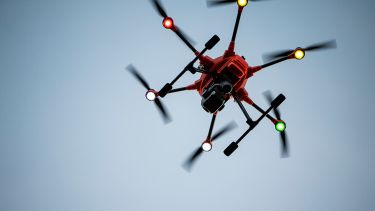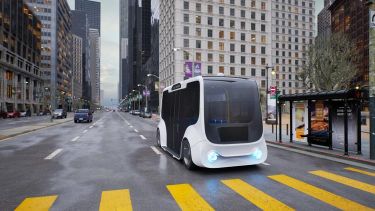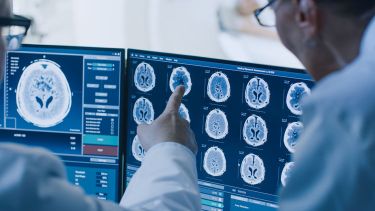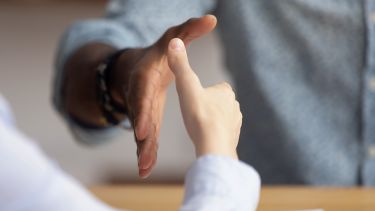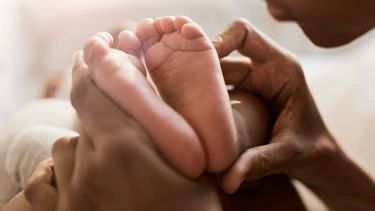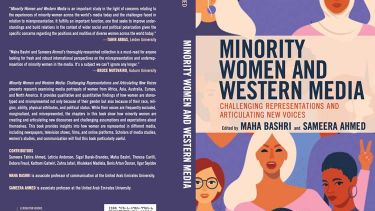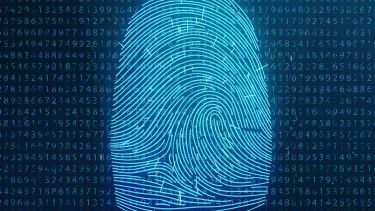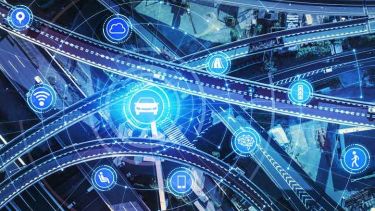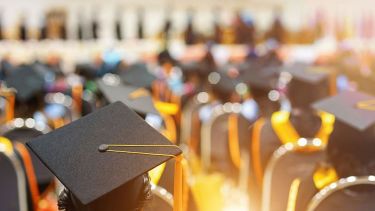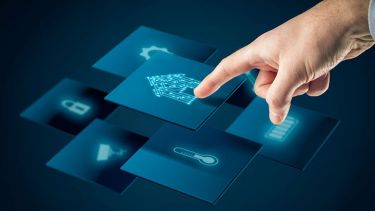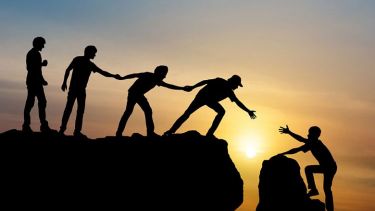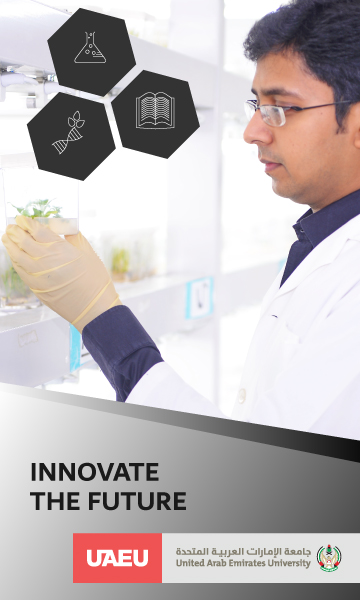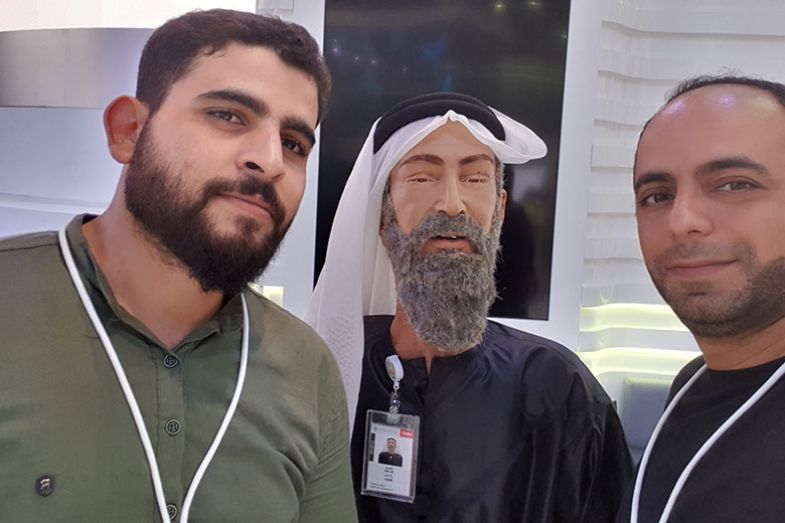
Source:
UAEU

The world is getting older, and the United Arab Emirates will be no exception. Researchers are finding new ways to detect and combat mental decline as people age
As birth rates decline globally and people live ever longer, the world faces an unprecedented challenge: a rapidly ageing society.
The positive side of this is that we get to enjoy more years than ever before. But what quality of life will we experience in old age?
When the population gets older, age-related cognitive problems become an ever more pressing problem for healthcare systems and society, says Fady Alnajjar, associate professor at the College of Information Technology and head of the AI and robotics laboratory at United Arab Emirates University (UAEU), the country’s oldest university, based in the eastern city of Al Ain.
Examples include strokes, which can leave people paralysed and mentally impaired, as well as Alzheimer’s disease and dementia. Globally, a new case of dementia emerges every 3.2 seconds. If this continues, by mid-century, more than 130 million people will have the condition.
This might seem a problem chiefly for the aged populations of Europe and Japan. The UAE is still young: only about one in 100 people are 65 or above.
But this is likely to change. By 2050, more than a quarter of the UAE’s population will be 60 or above, according to one United Nations estimate.
“Being prepared for future challenges is one of the UAE’s strategies,” says Dr Alnajjar. “It’s crucial to invest in research and technology to help people age healthily now, while the country is still young, so that breakthroughs can have an impact later.”
Dr Alnajjar specialises in using robotics and artificial intelligence to help rehabilitate people with cognitive problems. New technologies can help detect mental decline in elderly people early on, and can offer a cheaper, easier way to improve cognitive function. Traditional diagnosis and treatment involve costly human therapists and arduous patient visits to hospitals and rehabilitation centres, and diagnosis relies on the subjective assessment of a person, he points out. “Using advanced technologies can overcome these limitations.”
One cost-effective approach is computer-based cognitive training (CCT), where older patients are given brain training, or computer-game-like programmes, often in their own homes.
Dr Alnajjar and a team from the UAEU – plus researchers from institutions in Japan – recently conducted a review of studies into CCT. They concluded that it can be effective in improving cognitive performance in areas such as attention and working memory, both for healthy older people and those already with mild cognitive problems.
But one potential drawback of CCT, they found, is that when elderly patients play games at home, alone and unsupervised, they risk becoming disengaged, and so may not put in the effort needed to reap the maximum cognitive benefits.
This is where robots can be of benefit. The idea is that pet-like or humanoid robots can mimic emotions and engage a person in CCT far better than a simple tablet computer. They can also be kitted out with the sensors needed to check up on the mood and interest of the patient.
To this end, last year a UAEU team created Bu Saif, a robot that can speak Arabic in a UAE dialect and resembles an older man. Sensors and cameras enable “him” to detect the emotions and movements of whoever he is speaking with, explains Dr Alnajjar, meaning that he can assess someone’s cognitive capacity autonomously.
Bu Saif can help older adults play cognitive games, too, and patients show more engagement when he assists them, compared to just playing on a tablet.
Dr Alnajjar is also working on new methods to rehabilitate people who have suffered strokes, the leading cause of long-term disability worldwide.
In a study in collaboration with Japan-based colleagues, he developed a technique called “self-support training”, where stroke patients perform a series of movements while supporting their paralysed arm with their healthy arm.
Unexpectedly, the team found that this triggered dormant muscle activity in the paralysed arm, plus healthy brain signals related to the paralysed side. “There is a high possibility that this type of training is pushing the brain to reprogram itself,” he explains. The hope is that self-support training can help stroke victims recover faster. This rehabilitation technique has also been patented in the United States.
With research such as this, the UAEU hopes to make sure that the country ages healthily – and to find new solutions for other societies already experiencing a historic transition to old age.
Read “Self-support biofeedback training for recovery from motor impairment after stroke”, published in IEEE Access, to find out more about the UAEU’s research into biofeedback training and stroke patients.
Learn more about the UAEU.
